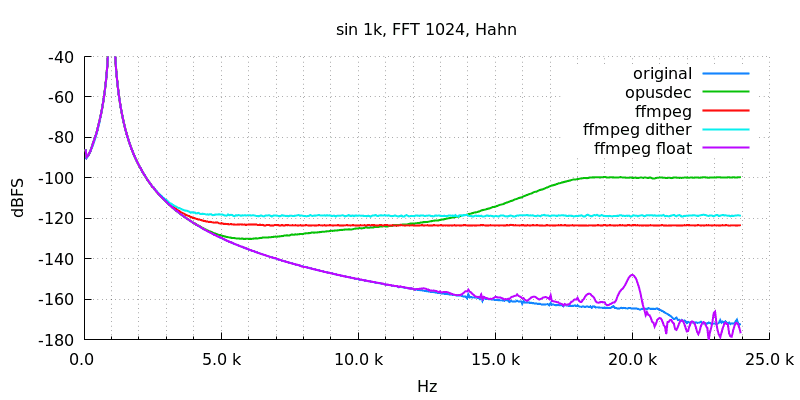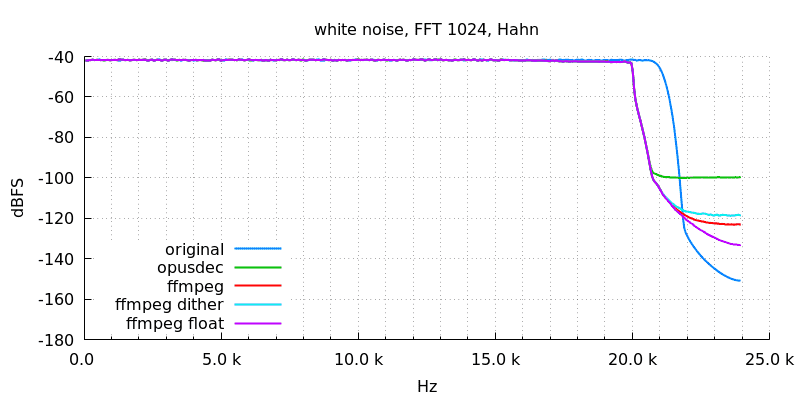Jim Audiomisc
pfm Member
I've become curious about the audio quality of YT output following someone saying their 'opus' audio-only version is 'best'. Doing this having been given an example that has been uploaded so I know what "went in". I'm curious to know what versions people choose when getting a YT item for its audio, and how they select this, etc.
Only just started, but this
http://jcgl.orpheusweb.co.uk/temp/YT-4Spectra.jpeg
shows a fairly basic comparison that does, indeed, show some differences. None of the versions I tried match the spectrum of what was input. The 'opus' looks the same at a glance, but closer inspection shows it isn't the same at HF.
Having had a recommendation for the opus, do people have other 'versions' they think would be the best? In terms of audio.
Only just started, but this
http://jcgl.orpheusweb.co.uk/temp/YT-4Spectra.jpeg
shows a fairly basic comparison that does, indeed, show some differences. None of the versions I tried match the spectrum of what was input. The 'opus' looks the same at a glance, but closer inspection shows it isn't the same at HF.
Having had a recommendation for the opus, do people have other 'versions' they think would be the best? In terms of audio.



